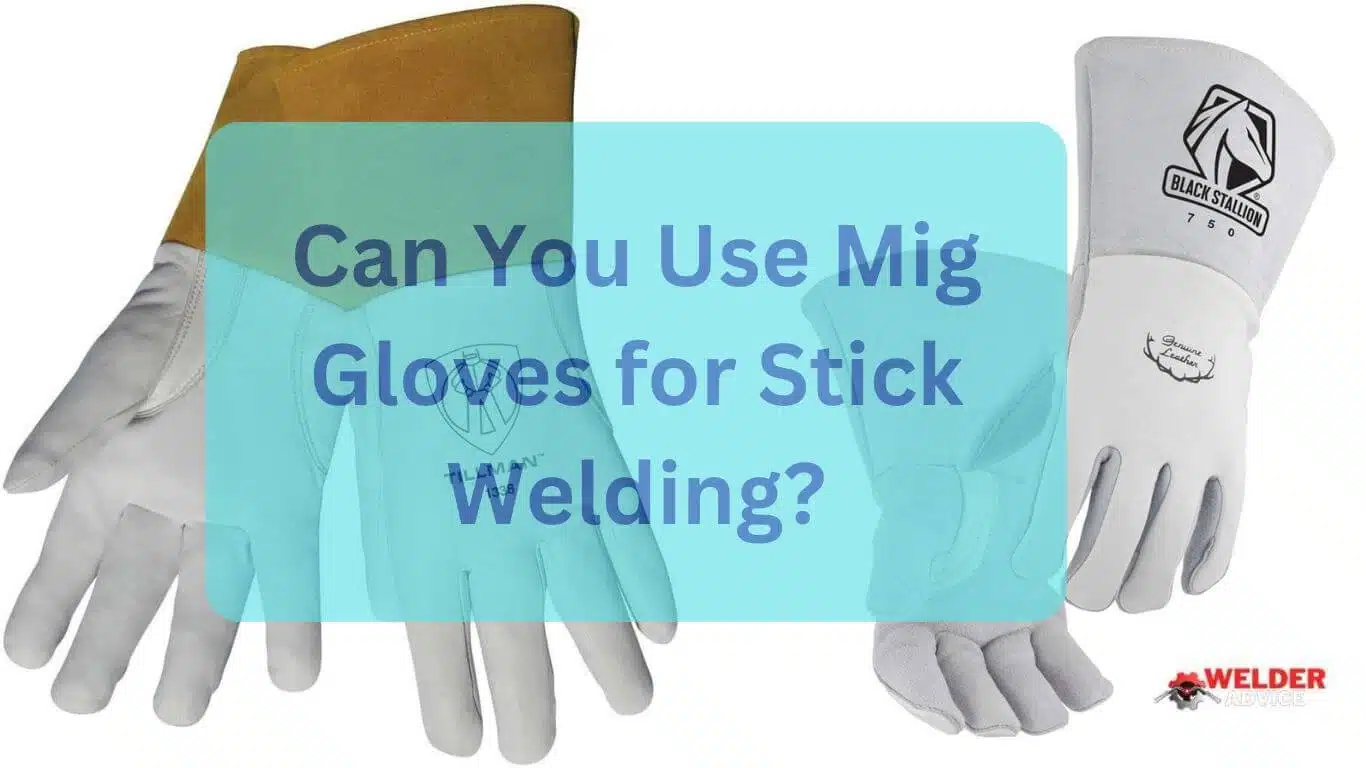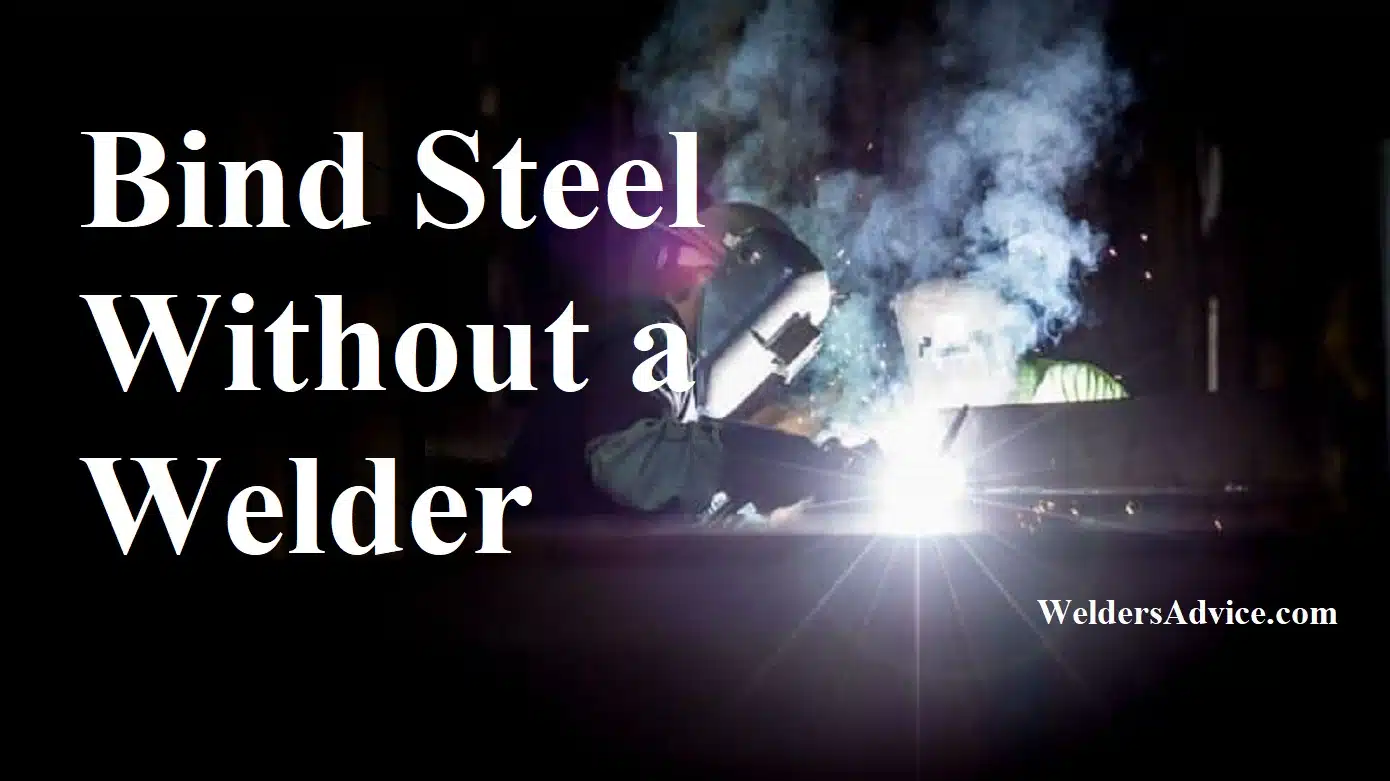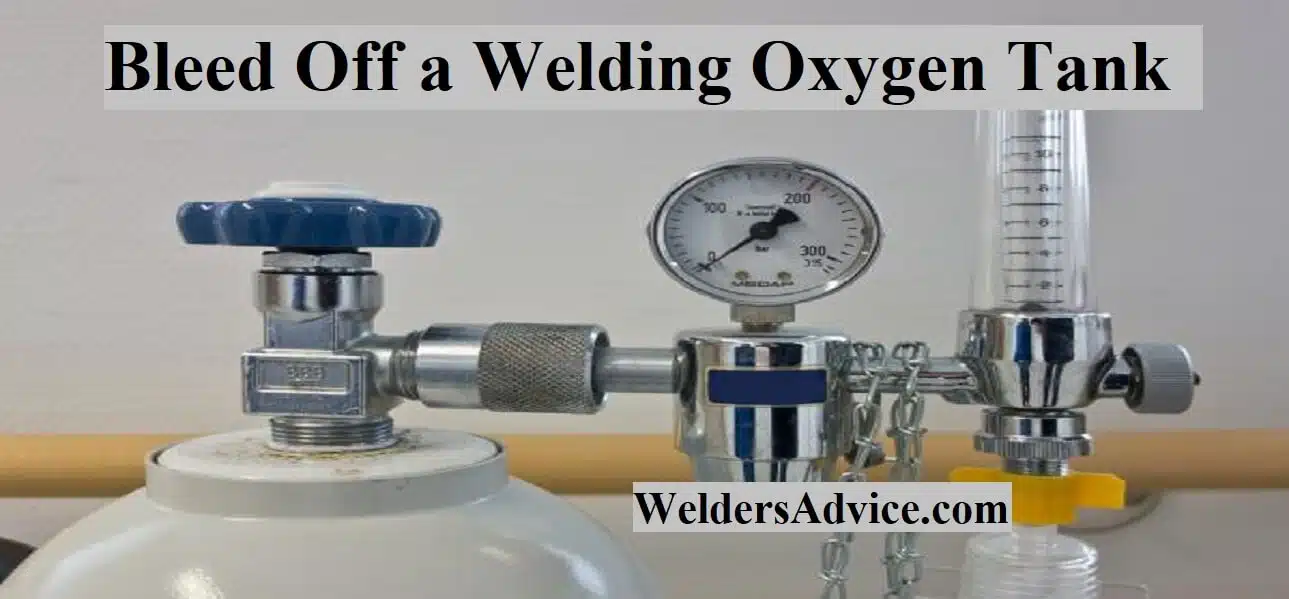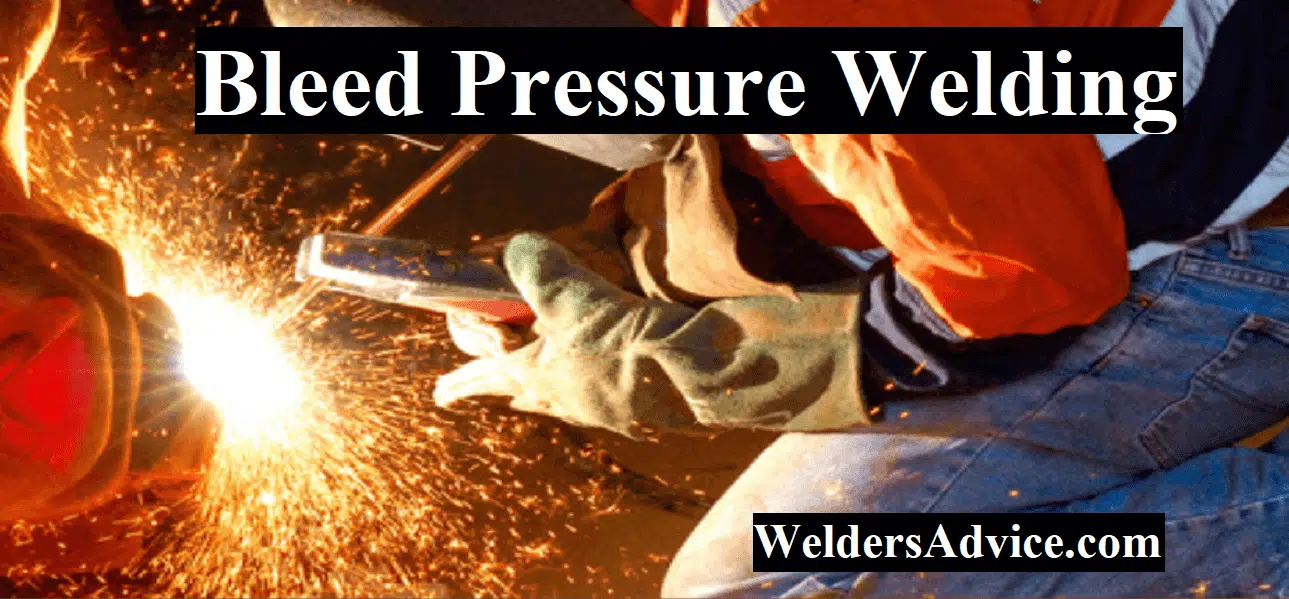Can You Use Mig Gloves for Stick Welding? If you are into welding, you might have wondered if mig gloves can be used for stick welding. Welding requires proper protective equipment to prevent any harm caused by heat, sparks, and debris.
Gloves are an essential part of any welder’s protective gear. Mig gloves are designed for mig welding, but can they be used for stick welding as well? In this article, we will explore whether mig gloves are suitable for stick welding.
- Understanding The Differences Between Stick Welding And Mig Welding
- Explanation Of Stick Welding And Its Process
- Explanation Of Mig Welding And Its Process
- Comparison Of The Two Welding Methods
- Why each method requires different types of gloves.
- Understanding Mig Gloves
- Types Of Materials Used To Make Mig Gloves
- The Thickness Of Mig Gloves Compared To Stick Gloves
- Comparison Of The Cost Of Mig Gloves To Stick Gloves
- Understanding Stick Gloves
- Characteristics Of Stick Gloves
- Comparison Of Stick Gloves To Mig Gloves In Terms Of Thickness And Material
- The Cost Of Stick Gloves Compared To Mig Gloves
- Can Mig Gloves Be Used For Stick Welding?
- Pros And Cons
- Safety Concerns
- Legal Considerations
- Areas Where Mig Gloves Can Be Used For Stick Welding
- FAQ’s
- Final Thoughts
Understanding The Differences Between Stick Welding And Mig Welding
When it comes to welding, whether stick welding or mig welding, safety is key. One of the most important aspects of welding safety is the use of proper welding gloves. It’s essential to understand the differences between stick welding and MIG welding and why each method requires different types of gloves.
Explanation Of Stick Welding And Its Process
Stick welding, also known as shielded metal arc welding (SMAW). It is a process that involves the use of a stick electrode to weld metal. In this welding process, a power source is used to create an electric arc between a stick electrode and the metal surface.
The heat generated by the arc melts the metal and the electrode, and they mix together to create the weld.
Explanation Of Mig Welding And Its Process
Mig welding, also known as gas metal arc welding (GMAW). It is a process that involves the use of a wire electrode to weld metal. In this welding process, a power source is used to create an electric arc between the wire electrode and the metal surface.
The heat generated by the arc melts the wire electrode and the metal surface and they mix together to create the weld.
Comparison Of The Two Welding Methods
Stick welding and mig welding differ in many ways including:
- Suitable for outdoor use while MIG welding is best used indoors
- Stick welding produces a deep penetrating weld while MIG welding does not.
- Slower process while MIG welding is faster and more efficient.
- Stick welding requires a lot of effort while MIG welding requires very little effort.
Why each method requires different types of gloves.
Stick welding gloves are designed to be thick and made of leather. It protects the welder from sparks and heat generated during the welding process. Mig welding gloves are made of a lighter and thinner material to provide greater dexterity and sensitivity for the welder.
Understanding Mig Gloves
Mig gloves are designed to provide protection to welders during metal inert gas (MIG) welding. They are made from a variety of materials and are specifically designed to protect the welder’s hands from burns, cuts, and other types of injuries.
- Heat resistance: MIG gloves are made from heat-resistant materials to protect the welder’s hands from the heat generated during the welding process. The gloves are designed to withstand high temperatures, and they offer superior heat protection compared to other types of gloves.
- Dexterity: MIG gloves are designed to provide excellent dexterity. This allows welders to easily grasp welding equipment and move their hands while wearing the gloves.
- Durability: mig gloves are designed to be durable and can withstand the rigors of welding. They are resistant to cuts, punctures, and abrasion, making them ideal for welding in rough conditions.
Types Of Materials Used To Make Mig Gloves
Mig gloves are made from various materials such as leather, kevlar, and Nomex.
- Leather: leather is a popular material used to make mig gloves. It is durable and provides excellent protection against heat and abrasion.
- Kevlar: kevlar is a synthetic material that is stronger than steel. It is commonly used in mig gloves to provide additional protection against cuts and puncture wounds.
- Nomex: Nomex is a flame-resistant material that is used in mig gloves to provide exceptional heat protection. Nomex is also lightweight, making it an excellent choice for mig gloves.
The Thickness Of Mig Gloves Compared To Stick Gloves
Mig gloves are thicker than stick gloves. The increased thickness provides additional protection against heat and injuries. The thickness of mig gloves ranges from 0.5mm – 2mm, while stick gloves range from 0. 5mm – 1. 5mm.
Comparison Of The Cost Of Mig Gloves To Stick Gloves
Mig gloves are generally more expensive than stick gloves. The cost of mig gloves ranges from $10 – $50, while stick gloves range from $5 – $30. However, when it comes to welding, investing in a quality pair of gloves is essential to ensuring the safety of the welder.
Understanding the characteristics of mig gloves is important for welders who perform mig welding. Mig gloves are designed to provide the necessary protection needed to ensure the safety of the welder. They are available in various materials and thicknesses, and while they may be more expensive than stick gloves, they are worth the investment.
Understanding Stick Gloves
Stick gloves are designed to protect welders from burns, electric shock, and other hazards associated with the welding process. In this blog post, we will discuss the characteristics of stick gloves, compare them to mig gloves, and analyze their cost-effectiveness.
Characteristics Of Stick Gloves
Stick gloves are made of sturdy and durable materials such as leather, cowhide, or pigskin. They are designed to provide heat resistance and protection against electric shock while allowing maximum movement and dexterity.
- Heat resistance: stick gloves are designed to withstand high temperatures, sparks, and splatter. The materials used in these gloves are tested to ensure they can protect the welder’s hands.
- Flexibility: stick gloves are designed to give maximum flexibility and movement to the welder’s hands while protecting them.
- Thickness: stick gloves are thicker compared to other gloves because they offer better protection against heat and fire hazards.
- Length: these gloves are longer to provide additional protection to the wrists and forearms.
- Sweat absorption: stick gloves are made from materials that can absorb sweat to prevent slippery hands while welding.
Comparison Of Stick Gloves To Mig Gloves In Terms Of Thickness And Material
Mig gloves, on the other hand, are designed for another welding process called metal inert gas (MIG) welding. Mig welding produces less heat and splatter than stick welding, and as a result, mig gloves are typically thinner and made of lighter materials.
- Material: stick gloves are made of leather or pigskin, which are thicker and more durable, while mig gloves are made from synthetic materials like kevlar, which are lighter and thinner.
- Thickness: stick gloves are typically thicker than mig gloves, as they are designed to provide better protection against higher levels of heat and fire hazards.
- Flexibility: mig gloves allow for greater flexibility and dexterity compared to stick gloves since mig welding is less intense and needs less protection.
The Cost Of Stick Gloves Compared To Mig Gloves
One of the most significant differences between stick gloves and mig gloves is their cost. Mig gloves are usually cheaper than stick gloves as they are less durable and made of synthetic materials.
- Stick welding gloves are more expensive than mig welding gloves because they require thicker and more durable material to withstand higher heat levels.
- The cost of stick gloves varies widely based on their quality and material. Premium-grade gloves made of high-quality leather can cost significantly more than cheaper ones made from less durable materials.
- Mig gloves are usually cheaper than stick gloves because they are made from synthetic materials, which are less expensive and widely available in the market.
A welder needs to evaluate the kind of welding they are doing before selecting their gloves. While mig gloves are more affordable, they aren’t a good choice for high-heat welding applications such as stick welding. Stick gloves offer better protection against heat and fire hazards, but are more expensive.
As a welder, it is crucial to have the appropriate safety gear for the specific welding process, and stick gloves are a necessary tool for one to perform stick welding safely.
Can Mig Gloves Be Used For Stick Welding?
Let’s explore the pros and cons of using mig gloves for stick welding, safety concerns, and legal considerations. And areas where mig gloves can be used for stick welding.
Let’s dive in.
Pros And Cons
Pros
- Mig gloves have a higher level of dexterity and flexibility
- They are usually made of a thinner and more flexible material
- Mig gloves are generally more affordable and accessible
Cons
- Mig gloves are not specifically designed for stick welding
- They may not be able to withstand the same amount of heat and spatter
Safety Concerns
When using mig gloves for stick welding, it is important to consider the potential safety hazards.
- Reduced protection against heat and spatter
- Reduced insulation
- Reduced durability
Legal Considerations
It is essential to consider the legal ramifications of using mig gloves for stick welding.
- Osha requirements: OSHA requires employers to provide employees with personal protective equipment (PPE) that is appropriate for the job being performed. Mig gloves may not be appropriate for stick welding, especially in hazardous environments.
- Liability issues: if an employee is injured while using mig gloves for stick welding, the employer may be held liable for any damages.
Areas Where Mig Gloves Can Be Used For Stick Welding
Mig gloves can be used for a variety of welding jobs, including stick welding, but it is essential to understand the limitations and potential risks associated with using them.
- Smaller jobs: mig gloves can be used for smaller stick welding jobs that require a higher level of dexterity, such as intricate welding jobs, or when the user wants more control over their welding.
- Low volume welding: mig gloves may be more suitable for low-volume stick welding jobs that produce less heat and are less hazardous.
- Emergency situations: in emergency situations where traditional stick welding gloves are not available, mig gloves may be used as a temporary solution.
While mig gloves can be used for stick welding, their use comes with some limitations and potential risks. It is essential to consider the pros and cons, safety concerns, legal considerations, and areas where mig gloves can be used for stick welding before deciding to use them.
FAQ’s
Can You Use Stick Gloves For Mig Welding
Yes, but it’s not ideal. Stick welding requires thicker gloves for more heat and slag protection.
What Gloves Are Best For Stick Welding?
Stick welding gloves should be made of thick leather with a wool lining for heat protection.
What Will Happen If You Use Mig Gloves For Stick Welding?
You risk exposing your hands to high heat and slag burns, which can result in severe burns or even permanent damage.
Can You Use Any Type Of Gloves For Welding?
No, you should only use gloves that are specifically designed for the type of welding you are doing to ensure proper protection.
Final Thoughts
While mig gloves may offer some degree of protection for stick welding, they are not specifically designed for this type of welding and may not provide adequate protection against the heat and spatter generated by stick welding. It is important to invest in proper welding gloves that are specifically designed for stick welding in order to ensure your safety and the quality of your work.
Always prioritize safety when working with any type of welding equipment.






